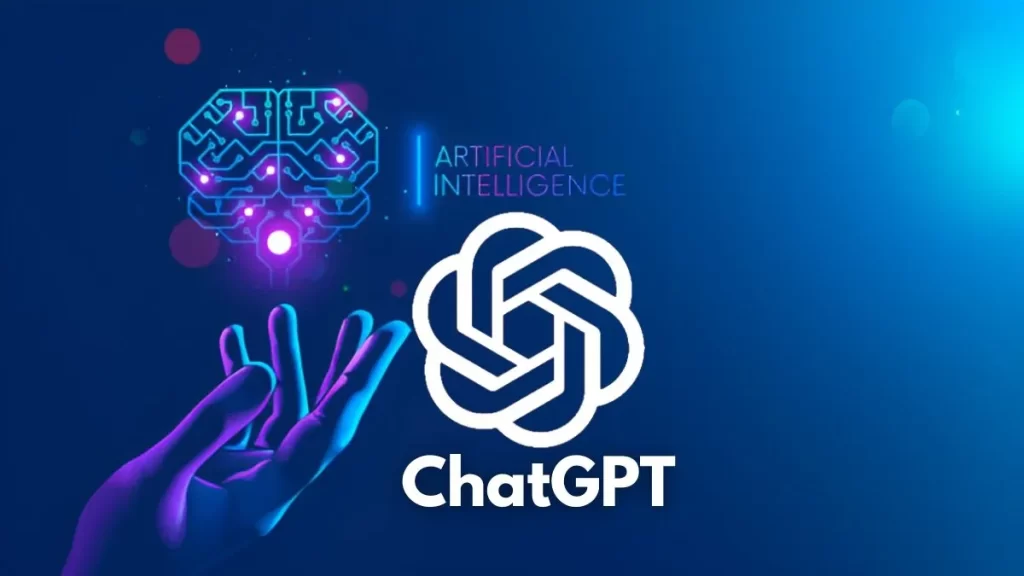Unveiling the Power of ChatGPT: Prompt Engineering for Better Conversational AI
As artificial intelligence continues to evolve, conversational AI like OpenAI’s ChatGPT is at the forefront of these advancements, revolutionizing how we interact with technology and providing new solutions to complex problems. In this article, we’ll delve into a crucial aspect of optimizing these chatbots – ‘Prompt Engineering’ and provide some essential tips and tricks to master this art.
Understanding Prompt Engineering
Before diving into the strategies, it’s important to understand what prompt engineering is. Simply put, it’s the process of designing, testing, and refining inputs (prompts) for AI models like ChatGPT, to generate desired outputs. The way you frame your prompt can vastly influence the AI’s response.
Essential Tips and Tricks for Prompt Engineering
- Be explicit: While it might be tempting to ask questions or make statements in a vague manner, clarity and precision in your prompt will help the model better understand the context and respond accordingly.
- Include Instructional Tokens: You can use system level instructions at the beginning of your prompt to guide the model’s behavior. For example, a prompt can start with “[ChatGPT, write a short, simple answer about…]” to ask for a brief and easy-to-understand response.
- Experiment with temperature and max tokens: The ‘temperature’ parameter controls the randomness of the AI’s output, while ‘max tokens’ limit the response length. Experimenting with these values can significantly impact the response you get.
- Iterative Refinement: A technique where you refine the AI’s output by turning it into a conversation. You ask the model a question, get a response, then ask follow-up questions based on that response.
Mastering Prompt Engineering with DeepLearning.AI
DeepLearning.AI offers excellent resources to delve further into prompt engineering. Here are a few recommended courses:
- AI For Everyone: This course provides a broad introduction to AI and its implications, making it a perfect starting point. Course link
- Sequence Models: This course goes in-depth on sequence models like RNNs, GRUs, and LSTMs, which are fundamental to understanding models like GPT-3. Course link
- Natural Language Processing Specialization: This specialization explores the application of deep learning to natural language tasks, providing an understanding of how models like ChatGPT work. Course link
Prompt engineering is part science, part art. Mastering this aspect of working with AI models like ChatGPT opens up a world of possibilities for creating smarter, more context-aware applications. So, keep experimenting, keep learning, and unlock the full potential of conversational AI.

